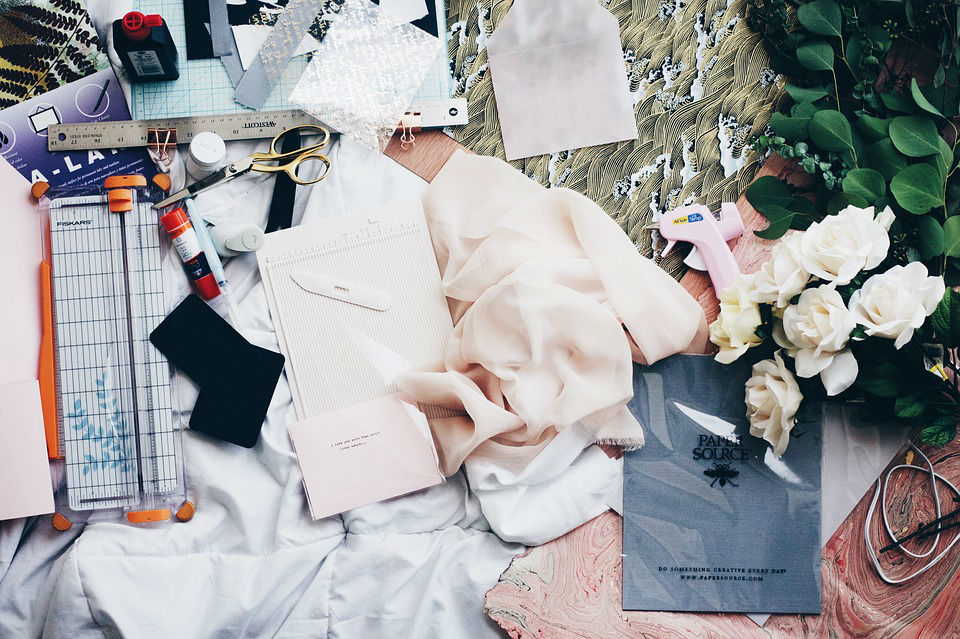
An interior designer is tasked with creating a precise ambiance in a given space. It could be a home, an office or a hotel. The professional plays with materials, colours and light to personalise the space to fit the client’s preferences. Here, you’ll find all the essential information you need to get into this fascinating profession.
The interior design profession
The interior designer begins with the client’s wishes and the space’s purpose to devise a made-to-measure design. It might mean rethinking the configuration of an existing space or getting involved before construction has even started.
Based on the directions received, the interior designer imagines the partitioning of each room, defines the space and the direction of foot traffic inside the whole building. Natural light is also considered in order to specify the appropriate type of lighting.
Beyond on technical constraints, the interior designer also imagines an suitable design. You have to juggle materials and shapes, colours and volumes, with the aim of choosing the best arrangement to make the most of the space. That also means suggesting the kind of furniture that will suit the style of architectural and decor. The interior designer chooses lights, accessories and carpets, cushions and tables.
Paper or 3D plans are produced and presented to the client in question. These sketches must take into account budgetary constraints and relevant regulations since they are the base of the project’s physical development. Once the client approves the interior designer’s proposals, the designer plans out the work. This requires coordinating the contirbutions of different building tradespeople, following up the work, and performing checks for the project’s handover.
The skills you need
An interior designer must have solid design skills. You must have mastered designing on paper and Computer-Aided Design (CAD). A professional also need to know the specific qualities of materials in order to identify which ones best suit the project at hand. In addition, this profession requires an ability to take measurements and add them to the plan, while rigorously checking and sticking to the chosen scale.
The qualities you need
You must have highly developed listening abilities to work as an interior designer This goes together with a perceptiveness to effectively work out what clients’ needs and tastes are, as well as the results they aspire to.
Creativity is another absolute ‘must-have’ quality. It will guarantee a personalised design. It also links to adaptability, realising that constraints changes from project to project. Reactivity, rigour and vigour are also among the fundamental qualities you need.
The interior designer’s work must always be based on the budget which has been set down. That requires selecting materials, furniture, tradespeople and other inputs which ensure a high-quality result which sits within the client’s financial means.
The interior designer is a creator of spaces who listens to clients. With an eye for beauty, the designer uses design talent to develop a personalised universe.
For more information on the role of an interior designer, see www.luxoria.fr/en



